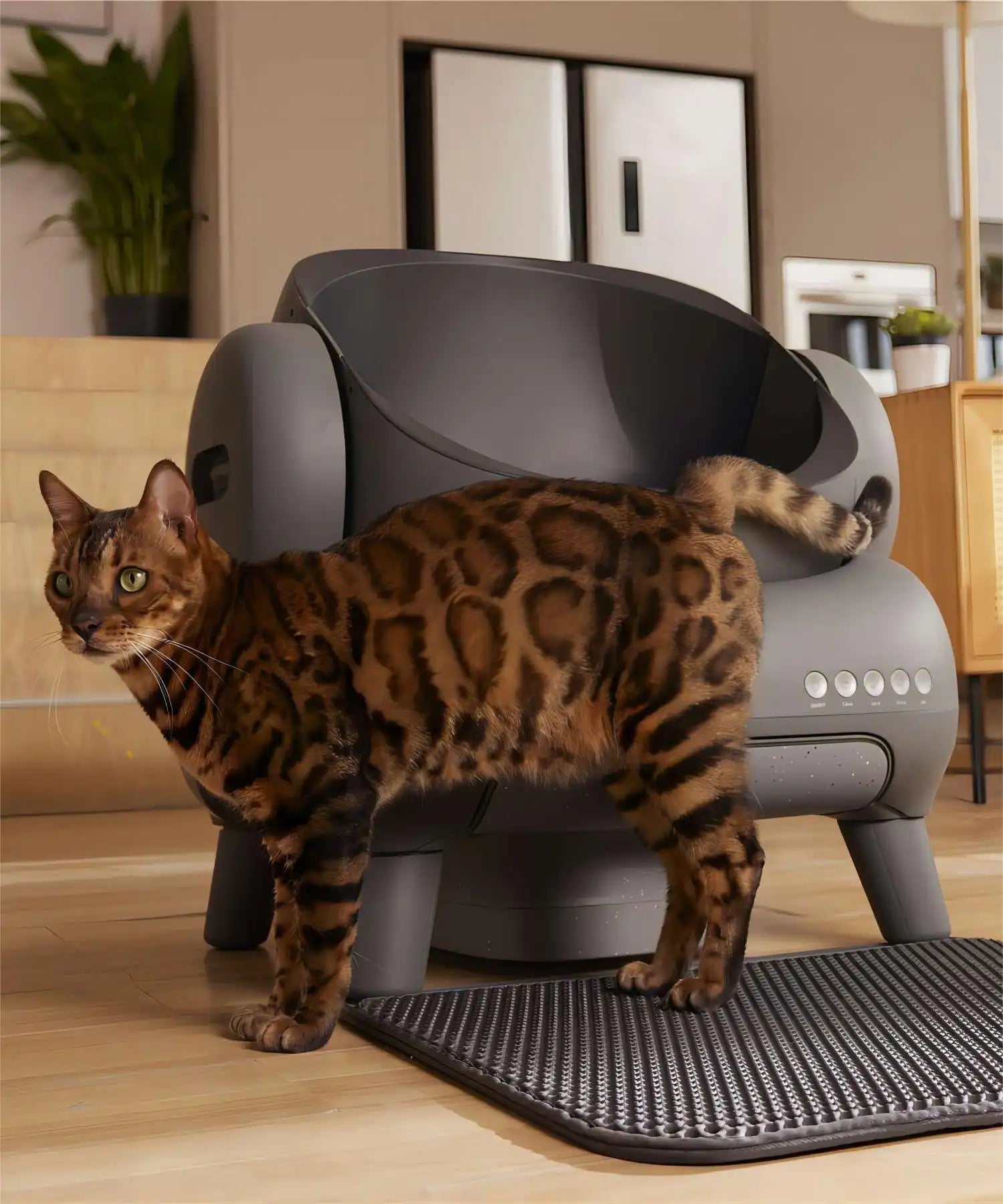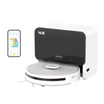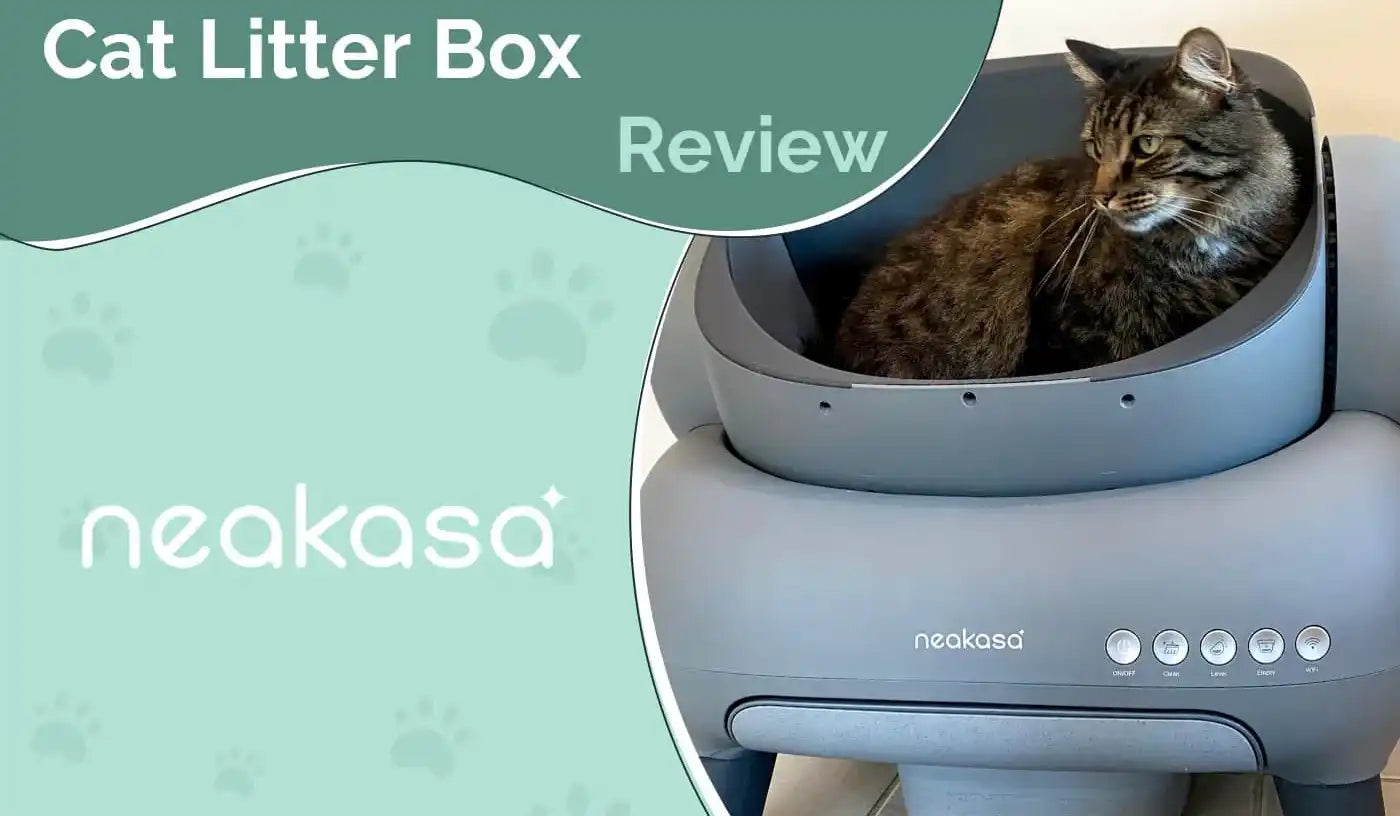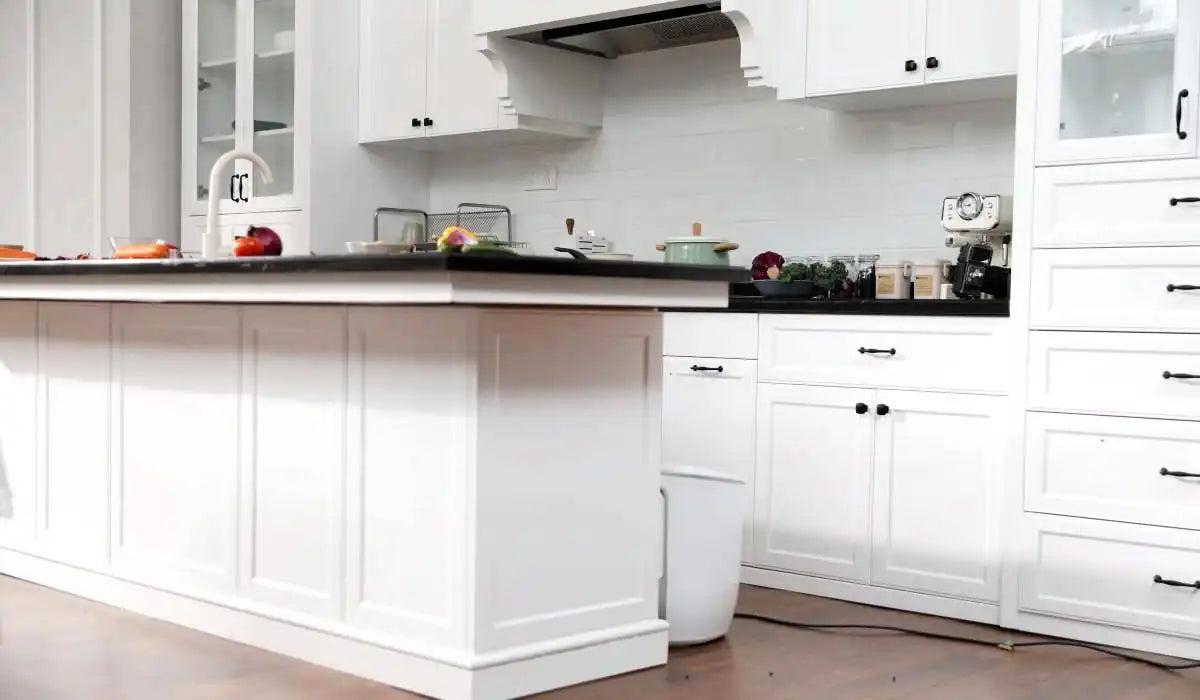
Bringing a new kitten into your home is an exciting experience, but it also comes with the responsibility of litter training. Understanding how to train a kitten to use a litter box is one of the first and most important lessons for new cat owners. Litter training kittens not only helps maintain a clean home but also sets the foundation for your kitten’s lifelong hygiene habits. Whether you’re wondering how to potty train a kitten or how to litter box train a cat, this guide will provide you with the essential steps to ensure success.
In this blog, we'll explore why litter training is crucial, and walk you through a step-by-step guide on how to litter train a kitten, ensuring you have all the tools needed to help your new feline friend develop good bathroom habits.
Why Litter Box Training is Important for Kittens
Litter box training is a fundamental aspect of raising a kitten and plays a critical role in their development and well-being.
- Establishing Good Hygiene Habits Early
Kittens are naturally inclined to dig and cover their waste, but they need guidance to learn where and how to do this properly. Early training also prevents the development of bad habits, such as eliminating in inappropriate places, which can be challenging to correct later on.
- Creating a Comfortable and Stress-Free Environment
Cats are creatures of habit, and having a designated space for bathroom needs helps reduce anxiety and stress. When a kitten understands where to go, they are less likely to feel confused or nervous about their surroundings. This sense of security is particularly important in multi-cat households, where territorial behaviors can sometimes lead to litter box issues.
- Strengthening the Bond Between You and Your Kitten
Litter box training is also an opportunity to strengthen the bond between you and your kitten. By gently guiding them through the process and offering positive reinforcement, you build trust and a sense of safety. As your kitten learns to rely on you for guidance, they will become more confident and responsive to other forms of training.
- Preventing Behavioral Problems
Failure to properly litter train a kitten can lead to a range of behavioral problems, including litter box avoidance and inappropriate elimination. These issues are not only frustrating for pet owners but can also cause stress and discomfort for the cat. Additionally, a kitten that consistently uses the litter box is less likely to develop health issues related to holding waste or inappropriate elimination.
- Ensuring a Clean and Hygienic Home
A key benefit of successful litter training is maintaining a clean and hygienic home. This is especially important for families with children or other pets, where cleanliness is a top priority.
Step-by-Step Guide to Litter Box Training
Step 1: Choose the Right Litter Box and Location
The first step in litter training kittens is selecting the right litter box. For young kittens, it’s important to choose a box with low sides so they can easily climb in and out. As they grow, you can transition to a larger box.
Place the litter box in a quiet, low-traffic area where your kitten can have privacy. Cats prefer to do their business in a peaceful setting, away from loud noises and busy areas.
Step 2: Select the Best Litter for Kittens
Not all cat litters are created equal, and choosing the right type of litter can make a big difference in how quickly your kitten adapts to the litter box. For kittens, it’s best to use a non-clumping, unscented and dust-free litter.
Clumping litters can be hazardous if ingested, as kittens are often curious and may try to taste the litter. Once your kitten is fully trained, you can gradually transition to clumping litter if you prefer.
Unscented litter is also preferable because kittens have sensitive noses, and strong fragrances might deter them from using the box.
Step 3: Introduce Your Kitten to the Litter Box
When you first bring your kitten home, immediately show them where the litter box is located. Gently place them inside the box so they can explore it. Some kittens may instinctively start digging or sniffing around, while others might need a little more encouragement.
After meals, naps, and playtime, place your kitten in the litter box to reinforce the behavior. This repetition helps them associate the box with bathroom needs.
Step 4: Establish a Routine
Kittens thrive on routine, so it’s important to establish a consistent schedule for feeding, playtime, and bathroom breaks. Regular feeding times lead to predictable bathroom habits, making it easier to anticipate when your kitten needs to use the litter box.
After meals, naps, and play sessions, gently place your kitten in the litter box and encourage them to go. Over time, your kitten will begin to recognize the pattern and start going to the litter box on their own when they need to.
Step 5: Monitor and Guide Your Kitten
During the initial training period, keep a close eye on your kitten. If you notice them sniffing or scratching the floor, it’s a sign that they might need to go. Gently guide them to the litter box before they have an accident.
If your kitten does have an accident outside the box, clean the area thoroughly with an enzyme-based cleaner to remove any lingering odors that might attract them back to the same spot. Never punish your kitten for accidents, as this can create fear and anxiety around using the litter box.
Step 6: Keep the Litter Box Clean
A clean litter box is crucial for successful litter training. Scoop the litter box daily to remove waste, and completely change the litter once a week. If the box becomes too dirty, your kitten may refuse to use it.
For busy cat owners or those looking for a more convenient solution, consider investing in a self-cleaning litter box like the Neakasa M1. This innovative litter box automatically removes waste, ensuring a consistently clean environment for your kitten. The Neakasa M1 is spacious and, when paired with the cat litter step, is perfect for kittens who are just learning to use a litter box.
Additionally, regularly clean the litter box itself with mild soap and water to prevent odors from building up. By maintaining a clean environment, whether manually or with the help of a self-cleaning box, you encourage your kitten to use the box consistently and reduce the likelihood of accidents.
Step 7: Gradually Transition to Clumping Litter (Optional)
Once your kitten is consistently using the litter box and has outgrown the habit of tasting the litter, you can consider transitioning to clumping litter.
Start by mixing a small amount of clumping litter with the non-clumping litter your kitten is used to. Gradually increase the ratio of clumping litter over a period of several weeks until your kitten is comfortable using it. This gradual transition helps prevent confusion and ensures that your kitten continues to use the litter box reliably.
Step 8: Positive Reinforcement and Patience
Litter training requires patience, especially with young kittens. Celebrate your kitten’s successes with gentle praise and occasional treats to reinforce good behavior. If your kitten struggles or has setbacks, remain calm and continue to guide them with patience.
If your kitty not using the litter box? Click [here] for reasons and solutions.
Conclusion
Training your kitten to use a litter box is a vital step in ensuring a happy, healthy relationship with your new feline friend. By following these steps and addressing any challenges with patience and care, you’ll set your kitten up for success and maintain a clean, comfortable home. Ready to start litter training? Put these tips into action today and watch your kitten become a litter box pro in no time! If you’re looking for the best tools to make the process even easier, consider trying a self-cleaning litter box like the Neakasa M1 for a hassle-free experience.

















Leave a comment
This site is protected by reCAPTCHA and the Google Privacy Policy and Terms of Service apply.